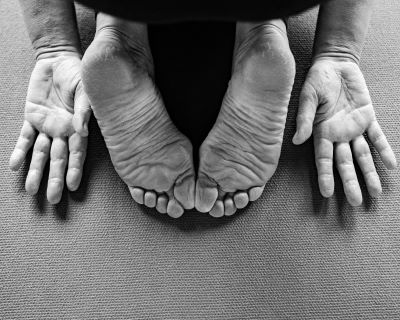Several months ago I wrote a blog on how to deal with a foot corn, covering how they form, what causes them and how to deal with them.
I thought it would be helpful to use a case study to illustrate some of the information I provided in my earlier blog, along with a short video.
I first met Sally (name changed to protect anonymity) about 18 months ago when her family referred her to me. She told me she had a verruca on the bottom of her left foot which had been there for 8 years. She had been to see another chiropodist a few years before, but the treatment hadn’t worked. She was in a great deal of pain, especially when walking.
When I had a look at her feet, it was immediately obvious that it was not a verruca at all, but it was in fact a large example of what we call ‘seed corns’.
Seed corns occur on the base of the foot, and unfortunately tend to come back after being removed.
The seed corn on Sally’s foot was so large and impacted, that it was painful while I was removing it. It is essential to remove every bit of the foot corn, and you know you have done this successfully when the client can feel nothing there.
The aim of a corns on feet treatment is to ensure that the client’s feet are pain free for as long as possible. While seed corns do tend to grow back, a client should hope for at least four pain free weeks in my opinion.
If you live in Bristol and are having problems with painful feet call me on 07811 619860 or 0117 950 6629.
Photo credit : Yan Krukau (Pexels)

